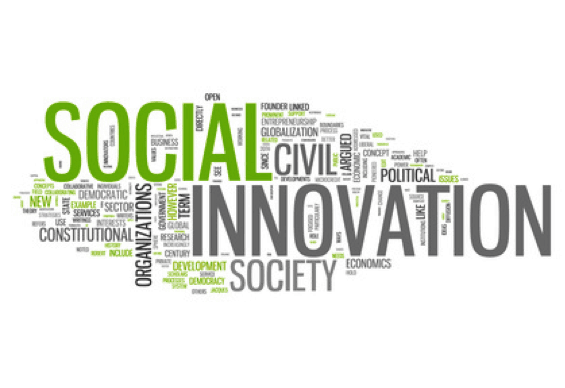7 Ways States & Districts Can Use Authorizing to Boost Quality & Innovation

Performance contracting is a services agreement with clear outcomes. States and districts have been using performance contracts for public charter schools, private school special education placements, information and business services, and for energy efficiency partnerships.
The art and science of performance contracting has matured over the last twenty years. A North Carolina partnership captured best practices in energy efficiency partnerships. State Auditors captured best practices in contracting. The National Association of Charter School Authorizers have codified best practices in Principles & Standards for Quality Charter School Authorizing.
States and districts should make more extensive use of performance contracting to procure high quality options and services for students and families. In fact, performance contracting could be used for all service delivery –all schools could operate under a performance contract that would spell out obligations by both parties over a defined term. It could replace a low value accreditation system and, what in most states, is a weak and ineffective accountability system.
There are more than 6,000 charter schools in the U.S. but most state chartering laws haven’t been updated to deal with the wide variety of circumstances being addressed. In an effort to screen out weak proposals and applicants, the application process has become much longer–often taking 18-24 months–and more bureaucratic.
As noted previously, states and big districts should consider seven distinct contracting pathways:
1. Standard: first time applicants proposing a single school.
2. Expedited: a short-form application with quick turnaround for operators of two or more high performing schools (with potential for multi-campus approvals).
3. Innovation: potential for conditional approval (i.e., shorter time frame with more review) for innovative school models that incorporate novel assessment systems, performance-based progress, unique staffing and compensation models, distributed learning (i.e., multiple locations including community resources), blended institutions (i.e., high school and college) and/or year-round learning. (See yesterday’s summary of a Ted Kolderie proposal.)
4. Statewide: virtual operators seeking to enroll students statewide (or across a region under a reciprocal charter agreement) on a full or part time basis.
5. Turnaround: a two step process that would 1) create a list of certified vendors and 2) match them with turnaround or restart opportunities. The first step could include collaborative solutions development like Michigan’s Education Achievement Authority partnership with Agilix.
6. Conversion: a pathway for conversion of public and private schools with a requirement for state (not district) authorization to ensure real charter status.
7. Subject: a pathway for statewide providers for one or more subjects (e.g., English, foreign language, STEM, etc). Teacher led businesses could provide instruction on a contract basis across a district/state/region. A blended language acquisition business could contract for statewide services that combined computer based instruction, virtual tutoring, and social networking (i.e., interacting with native speakers). Subject specific instruction vendors may fit more easily under a statewide preferred vendor list rather than an authorizing pathway–same for business management organizations, transportation providers, food vendors, etc.
In addition to multiple pathways for contracting, proactive and innovative procurement strategies focus submissions and guide investment:
- NYC DOE’s Middle Grade Math App Challenge;
- League of Innovative Schools is a purchasing collaborative of 32 districts;
- North Carolina’s RTTT funded RFP for an Instructional Improvement System; and
- States could model new school grants on successful programs like Next Generation Learning Challenges (see three part summary).
While states are updating their charter and online learning laws, creating a multiple pathways authorizing strategy and adopting innovative procurement strategies would help to accelerate growth of high quality options for American students.
1/24 addition: let’s back up and look at the problem we’re trying to solve with a program like this. The barriers to system transformation to personal digital learning include
- lack of vision, trapped in tradition;
- it’s hard because platforms aren’t very good and apps don’t works together;
- it’s hard and incentives not great (more ways to get fired, little upside); and
- it’s expensive and requires lots of capacity.
Next, let’s look at how new school creation fits into (what Bridgespan calls) a theory of action:
- New schools are critical source of innovation, they can quickly create new and better options; (smaller and lower risk, more nimble that converting existing schools). Many should be part of platform-centric networks (providing some incentive for platform development).
- Conversions: need several viable and affordable pathways.
- States play a big role including a) longitudinal data initiatives, b) support for devices and broadband, c) policies that support competency, accountability, and more nimble authorization.
- Leverage teacher leadership with adoption incentives (big opportunity for a super-gradebook initiative.)
- Advocacy: need community conversations about the potential of personalized learning yielding temporary agreements around phased deployments.





0 Comments
Leave a Comment
Your email address will not be published. All fields are required.